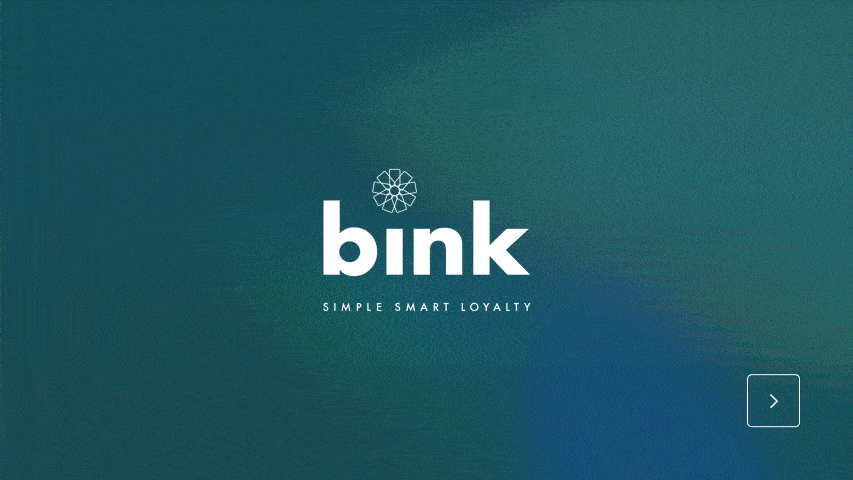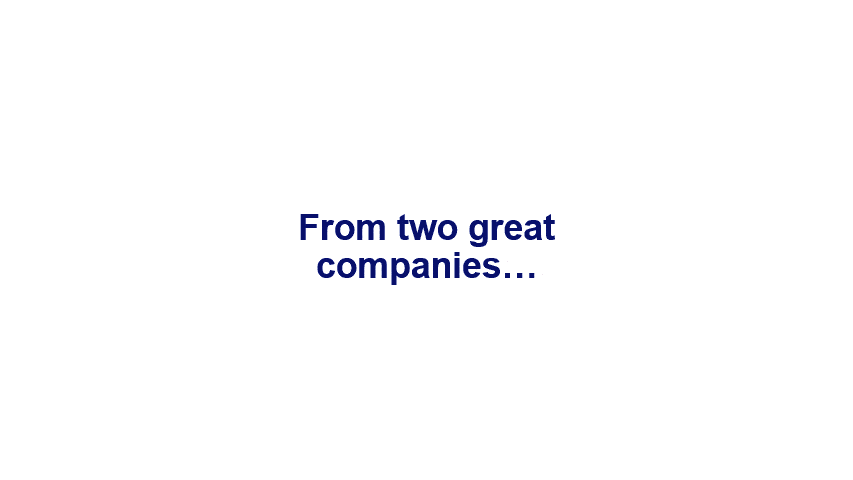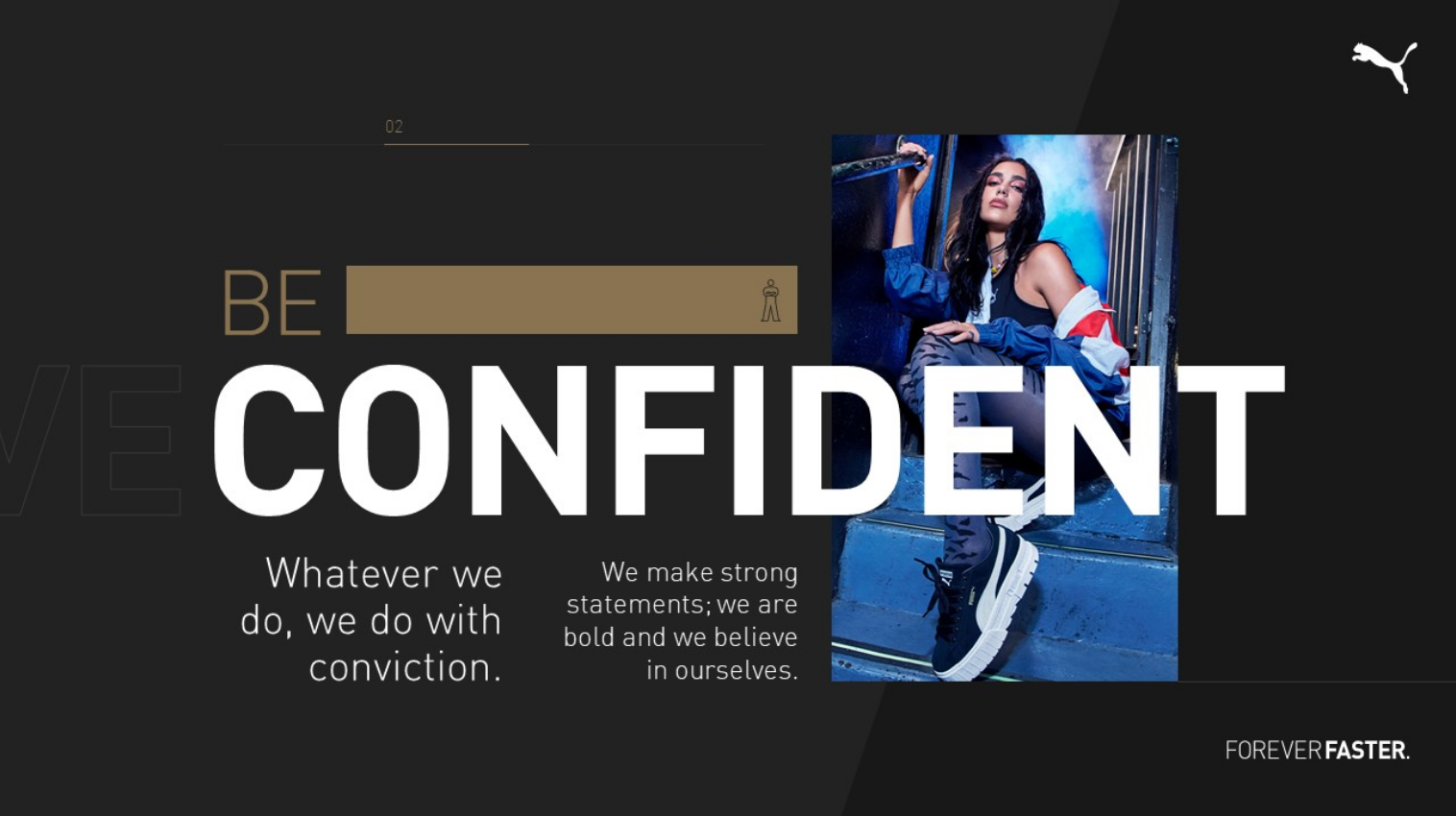Pitch Decks
You solve their problem.
We solve yours.
You know what their pain points are, and you’ve got just the solution plastered across your slides. Now you just need to make that sales deck dazzle.
Here’s where we come in. We’ll make your ideas shine, big time.



Need a foot in the door? We'll get your whole leg through.
When it comes to making sales, initial impressions have massive impact. To show off your full potential, you need a pitch deck so good it does the talking for you.
Spark conversation, make yourself memorable and up audience intrigue with us by your side.
Powerful sales presentations from us.
Worldwide wins for you.
Pitch perfect? Tick
On time
No faffing, no waiting around, no thumb-twiddling or frustrating chasing. We’re punctual. Period.
On the money
Visible value. Perfectly tailored to your pitch and transparently costed.
On point
These aren't just your ordinary sales slides. They’re magically memorable.
Take a look at our latest projects
This is how your project will pan out
01
Our experts will get to the heart of your needs
02
We send a flexible, bespoke proposal for your approval
03
Hash out the finer details and get a timeline
04
We deliver an incredible presentation
05
You deliver an incredible presentation
06
We get the ball rolling on your next deck
Template designs
Love our work so much you want to use it again? No problem. We’ll happily hook you up with templates for future use.
Find Out MoreVisual communication
Want fully immersive, interactive engagement? Our animation and video techniques will have them on the edge of their seats.
Find Out MoreSlide redesigns
Got some embarrassingly outdated slides that need a bit of TLC? Hand 'em over. We’ll make them good as new in a jiffy.
Find Out MoreYou want proof of the pudding?
Here's some tasty testimonials
Well, you made it all the way down here. So, what you waiting for? Let's get cracking!
Get in touch






